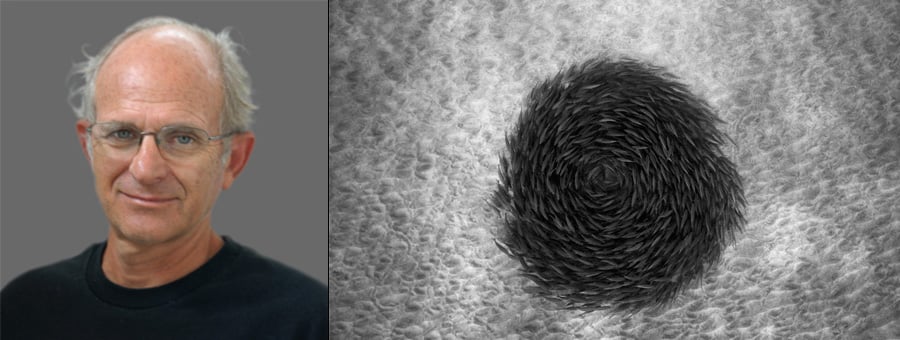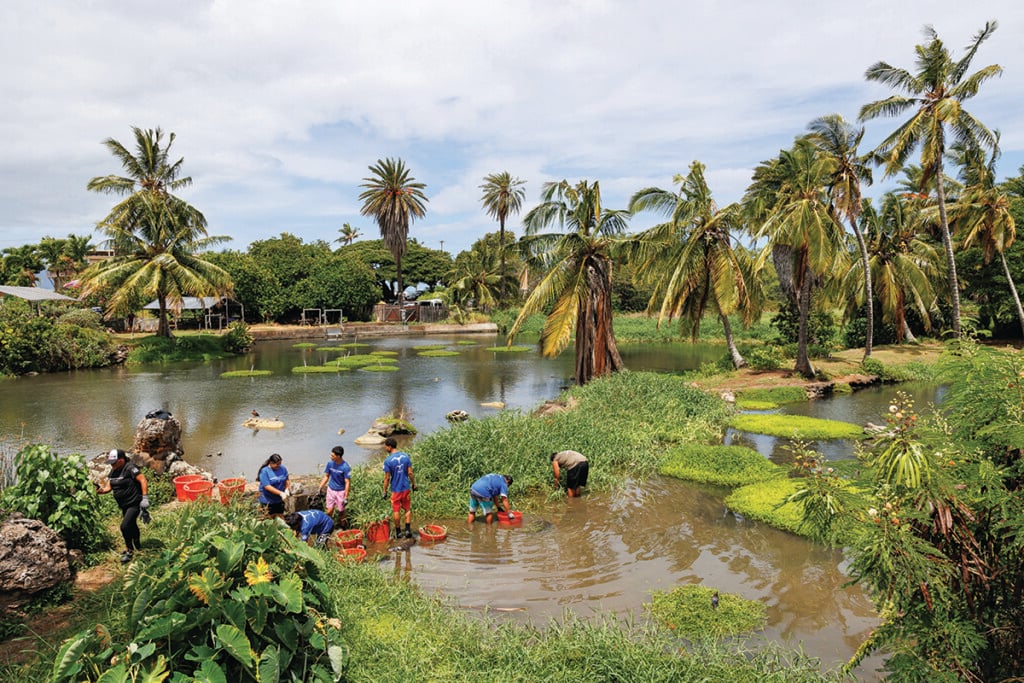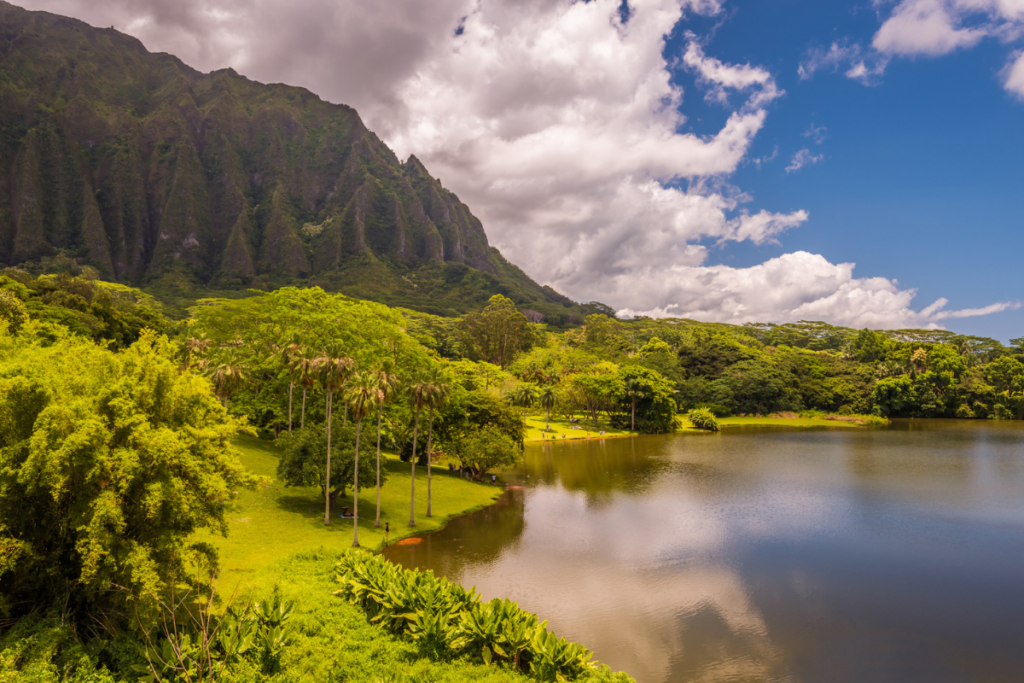How to Take the Perfect Underwater Photo, According to a Master Hawaii Photographer
Celebrated diver and photographer Wayne Levin shares the secrets to shooting his stunning work.

Wayne Levin has been shooting the water, its human inhabitants and marine residents his entire life. With 35 years of experience to his portfolio, Levin is a master in his class, known internationally for his underwater photography that both exposes a liquid landscape beneath the surface not many see, while only adding to the ocean’s mysterious appeal.
His work has been exhibited throughout the U.S. and Asia and in the public collections of New York’s Museum of Modern Art, San Diego’s The Contemporary Museum and right here in The Honolulu Museum of Art and the Hawaii State Art Museum.
Considering the Pacific Ocean is one of Hawaii’s most alluring and photogenic subjects—one that inspires people to visit the Islands the world over—HAWAI‘I Magazine spoke to Levin about how anyone with an underwater camera looking to capture those ocean memories can score a gorgeous photograph.

Manta Ray over Drop off; Jelly Fish over Sand.
Photography by Wayne Levin.
1. Before all else, master being in the water.
It’s so obvious as to almost be ignored: If you’re going to shoot underwater, you have to be comfortable underwater. “Great underwater photography is not having to be thinking about the diving part—you want to think about the photographs,” says the man who’s been working and playing around the water his entire life. If you’re going to be scuba diving, that should be something you’re used to as to not distract you from handling your camera and getting in the right position.”
2. Be technically prepared for anything to happen.
Levin isn’t a purist about film photography. He regularly shoots with digital on land, but, where his aesthetic is concerned underwater, he has an affinity for his Nikonos equipment. “I guess you could say I’m kind of old school,” Levin laughs, favoring the camera’s really small compact size and incredible optic capabilities to get the feel and texture he seeks.
3. Have an idea beyond just a picture.
Levin considers this the most important part of capturing a great underwater moment as it’s tied back to his philosophy about photography overall. “Nowadays so many people have cameras and can take photos but what’s important to me is creating a coherent body of work that relates to one another and makes a statement,” he says. “That there’s a depth to the series of photographs. A body of work is better than a single hot, great photo.” Simply put: “Think about what you are trying to communicate.”
4. Then contemplate each photo.
Whether you’re using digital or, in Levin’s case, precious film, you’re at the mercy of being detached from land, so “take a couple cameras down” like Levin does and if you’re using film, one word of advice: ration. “You have to conserve your film,” Levin says, “I take about 35 to 70 pictures.” He’s been diving with his cousin who was eight months pregnant in a pod of dolphins. Just as they began to circle her in the water, he ran out of film. He’s gone free diving when a school of wavy line tuna approached him in an incredible circular motion mixed with rainbow runners, when his reel went empty. When that happens, Levin’s learned to just go with the flow. “When that happens I get to just enjoy it, officially.”


